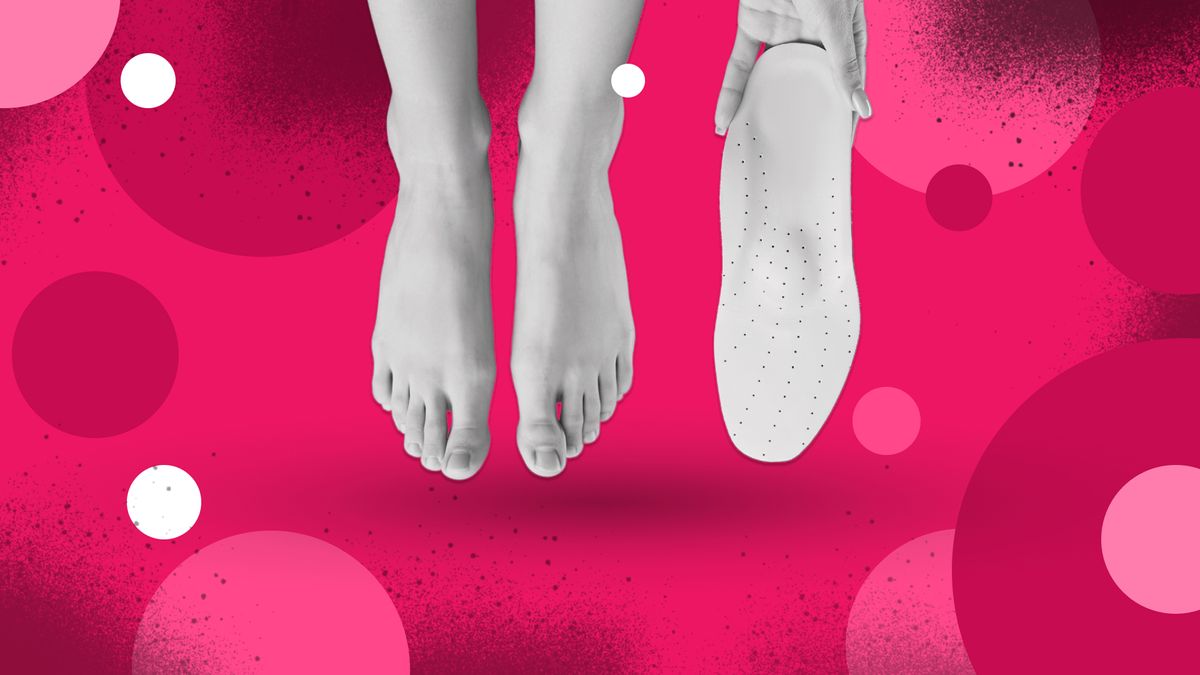10 reasons to try orthotic insoles

Why do you need orthotic insoles?
An orthotic insole is a corrective product that has a special form and is responsible for several things:
- Stress-relief of painful foot areas
- Redistributing the stress to the surface of the feet as in all parts of the foot work simultaneously so none of the areas are more stressed than the others.
- Reducing the impact force on lower limbs.
- Compensating for the feet impairment function, providing rhythm, smoothness and symmetry of gait through correcting elements.
- Feet pain and discomfort relief.
Reasons to wear orthotic insoles:
1. Flat foot treatment and prevention
Flat foot may not only cause discomfort but most often suffering. Deformed feet can no longer function properly and that causes the stress to be distributed to other parts of the musculoskeletal system.
In order to prevent flat feet from progressing and keeping you away from comfortable life you need to wear orthotic insoles. Orthotic insoles have artificial supportive parts that are missing if you have flat feet.
2. Shoe defects compensation
With the pass of time shoes may cause feet issues because of hard sole, uncomfortable shoe waist, stiff materials, and tight toe box. However, identifying if the feet problems are caused by shoes is not hard with a help of a specialist.
Correct anatomy of feet while walking can not be provided even by a practical pair of shoes. The development of feet impairment can be compensated or stopped only by orthotic insoles.
3. Active sports
Exercising may lead to excessive stress. Orthotic insoles will reduce the impact force on the feet. Sometimes exercising on an unsuitable surface may cause traumas which can be minimized by orthotic insoles.
4. Excessive weight
Increased body weight can also intensify musculoskeletal system stress. Feet muscles may get weaker and exposed to deformities in case of an inactive lifestyle. Additional feet support may be provided by orthotic insoles.
5. Musculoskeletal system diseases
Gait disorders can be present if one suffers from knee and hip joint problems, varus and valgus deformities, heel spur, uneven limb length. Orthotic insoles correct deformities, relieve friction, improve bloodstream and general well-being.
6. Wearing high-heels
High-heels cause increased stress on the arch and the forefoot, which leads to pain and combined platypodia, hallux valgus and mallet toes. Corrective insoles will support the longitudinal arch of foot and a pad under metatarsal arch will relieve stress and prevent deformities from developing.
7. On your feet jobs
Working as a salesperson, cook, barista, warehouse employee etc. leads to enormous foot stress. Orthotic insoles with a soft upper layer will assure comfort for the whole day, reduce foot stress and increase productivity.
8. Impact force reduction
Human feet have developed to walk on ground, grass, sand, and other soft and uneven surfaces. Nowadays most of the time we walk on asphalt/concrete, especially urban residents. That way most of the stress is distributed to feet and it causes people to get tired quickly, get swollen feet, feel pain in the feet, knees and back. Orthotic insoles usage will help to reduce impact force on feet and legs, giving feet a possibility to function properly. It will help feet to get back into their correct anatomic position reducing the pain and discomfort and improving walking on a flat surface.
9. Reduced shoe deterioration
All of our diseases, sicknesses and deformities are illustrated by our shoes. It’s important to understand that if our foot falls on the inside or the outside our shoes and heels will also be damaged accordingly. In case of an incorrect foot roll most of the deterioration will be noticed in the front part of a shoe's bottom.
IMPORTANT: inserting an orthotic shoe in a damaged shoe will lead to no result as the shoe is already deformed according to your foot. The insole effectiveness coefficient is achieved by purchasing a practical pair of shoes and use of orthotic insoles.
10. Heel spur pain relief
Heel spur or plantar fasciitis is a consequence of longitudinal platypodia. The foot contains a plantar fascia which is a fiber that connects toes and calcaneal tuber. In case of a longitudinal platypodia the arch goes down and causes fascia to pull. It can cause tears in the heel area. That tear area becomes inflamed and painful, followed by the appearance of a growth-heel spur. This pathology is characterized by severe pain in the heel area which makes it impossible to step on it. Heel area pain relief becomes the top-priority. Orthotic insoles will help to reduce the pain and relive the stress in the painful heel area.
As you can see, there are plenty of reasons to purchase orthotic insoles. That would be a good investment in your health and well-being. It’s worth noticing that you should buy orthotic insoles from well-known producers who have documentation proving their product certification.